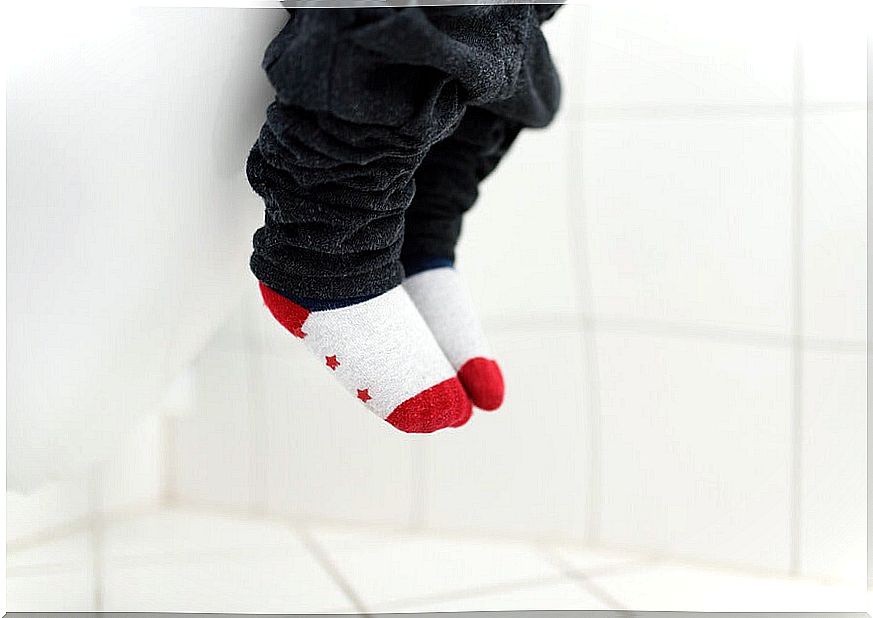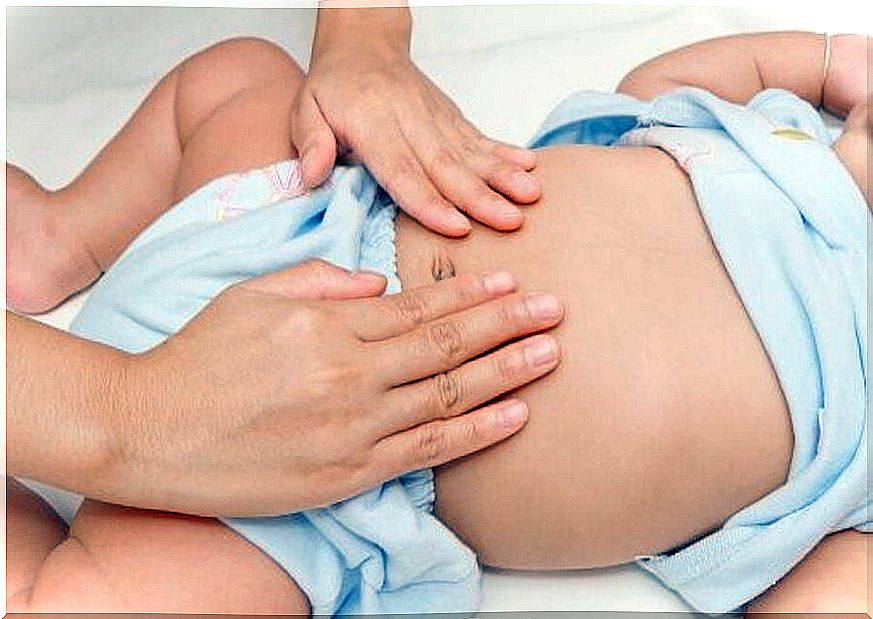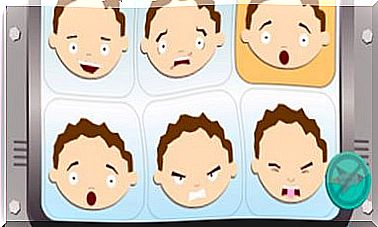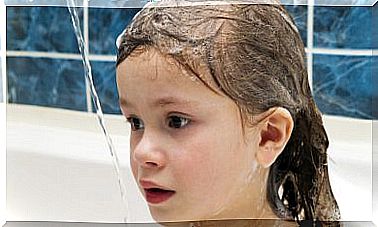What Is Malabsorption Syndrome In Children?

We speak of malabsorption when the intestinal wall is unable to capture nutrients from food during digestion. Malabsorption syndrome in children can cause chronic diarrhea, anemia, malnutrition, and be associated with disorders such as Crohn’s disease, intestinal parasites or celiac disease, among others.
Malabsorption syndrome can be the source of significant problems. It is essential to treat this pathology in the shortest time possible, to prevent the situation from worsening. It all starts with the proper clinical tests.
The clinical picture to evaluate the causes of malabsorption syndrome in children requires information on medical and surgical history. It can be a condition due to a basic disease related to the intestinal wall, previous manifestations or a major problem. In any case, clinical examinations should be performed to analyze the situation and make a proper diagnosis. Next, we will see some guidelines to follow.
Characteristics of the digestive process
The digestive process deals with transforming the nutrients in food into small particles that will flow into the bloodstream through the intestinal walls. From there, each cell in the body will receive the necessary elements for its proper functioning.
In cases of malabsorption syndrome in children, these nutrients will be discharged through the stool. Although a passing virus can cause diarrhea and malabsorption, when talking about syndrome the problem is another. Therefore, in the face of prolonged diarrhea, it is necessary to go to the pediatrician urgently.

Symptoms of malabsorption syndrome in children
There are two most obvious signs: abdominal pain and loose stools, very often and with a strong smell. If it is not managed properly, in the medium and long term the child will be prone to infections, fractures and weakened skin. Among other things, because the body’s defenses will be noticeably diminished.
Malabsorption syndrome in children also causes mood swings in children. It is understandable, in the face of prolonged discomfort, that the child is irritable, listless, down and sleepy.
In any case, it must be emphasized that severe symptoms do not result from a two or three day frame. The problem for which it is necessary to carry out clinical studies in an urgent nature, occurs when after a week or ten days, the stools are still soft and the abdominal pain persists.
Diagnosis and treatment in cases of malabsorption syndrome in children
Determining the causes of malabsorption is often a tedious process for parents and children. In some cases , an intestinal biopsy is even needed to rule out primary diseases of the small intestine.
With all this, it is possible to confirm intestinal lesions due to bacterial causes without being able to fully decipher the reasons. In any case, the first thing that the pediatrician will request within the clinical studies will be the stool culture, where, among other things, the presence of fat in the stool is evaluated.
Different tests
Another possible test is the Schilling test – which focuses on vitamin B12 malabsorption – or the breath test. The latter determines whether the problem lies in an intolerance to milk protein (lactose).
Diagnostic tests will continue until the causes of the malabsorption are established as precisely as possible. The ‘sweat test’, for example, determines if the child has cystic fibrosis, which would lead to a shortage of a group of enzymes necessary for proper digestion.
In severe cases of malnutrition, the child must be hospitalized in order to carry out all the corresponding analyzes and tests immediately. As long as the causes are not known, the child’s diet must be strict, although it will be the pediatrician who will determine whether or not to suspend dairy products or what foods he can eat so as not to worsen the soft stool picture.

An effective treatment
When the pediatrician determines what the malabsorption responds to in the child, he or she may proceed to prescribe a treatment. What can be the results of medical tests in cases of malabsorption syndrome in children? The simplest thing would be the presence of a bacterial picture on the intestinal walls: this is treated with antibiotics and in a few days improvements will be seen.
Another possible cause and treatment of this syndrome is an overly active intestine. Faced with this problem, the pediatrician will prescribe medications that counteract excessive intestinal activity, so that the food has time to be processed and its nutrients can be absorbed.
In conclusion, malabsorption syndrome in children can be a complication in the health of children if its causes are not detected in time and adequate treatment is not provided. For cases where the reasons for malabsorption cannot be specified, the way to avoid malnutrition is to follow a diet of easily absorbed foods.










